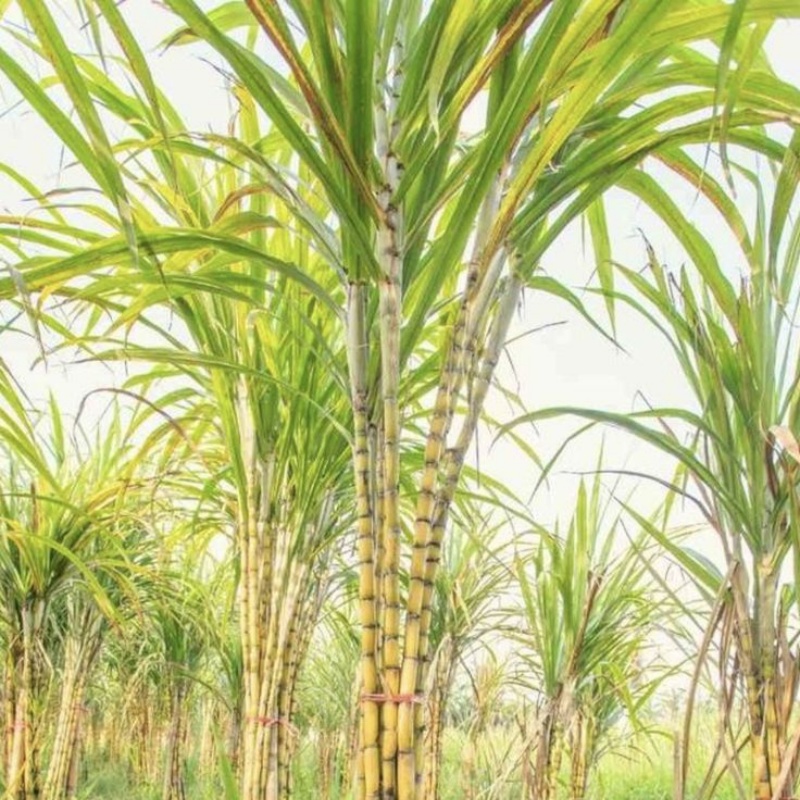MVI ECOPACK Team -5minute read

In today’s growing focus on sustainability and environmental protection, businesses and consumers alike are paying more attention to how eco-friendly products can help reduce their environmental impact. Against this backdrop, the relationship between natural materials and compostability has become a central topic of discussion. So, what exactly is the interrelationship between natural materials and compostability?
The Connection Between Natural Materials and Compostability
Natural materials typically originate from plants or other biological resources, such as sugarcane, bamboo, or cornstarch. These materials are usually biodegradable, meaning they can be broken down by microorganisms under suitable conditions, eventually converting into carbon dioxide, water, and organic fertilizer. In contrast, traditional plastics, typically made from petroleum-based materials, take hundreds of years to degrade and release harmful chemicals during the process.
Natural materials not only degrade but can also be composted, turning into nutrient-rich soil amendments, returning to nature. This process, known as compostability, refers to the ability of materials to decompose into harmless substances under specific conditions, such as in an aerobic environment with appropriate temperature levels. The close link between natural materials and compostability makes these materials the preferred choice in modern eco-friendly packaging, especially in the case of compostable food packaging products like those offered by MVI ECOPACK.


Key Points:
1. Sugarcane and Bamboo-Derived Products Are Naturally Compostable
- Natural materials like sugarcane bagasse and bamboo fiber can naturally decompose under suitable conditions, transforming into organic substances that return to the soil. Their inherent compostability makes them ideal for creating eco-friendly tableware, particularly compostable food packaging products, such as MVI ECOPACK's offerings.
2. Third-Party Compostability Certification Is Based on Bioplastic Products
- Currently, many compostability certification systems on the market are primarily targeted at bioplastics rather than natural materials. While natural materials possess inherent degradation properties, whether they should be subject to the same rigorous certification processes as bioplastics remains a point of contention. Third-party certification not only ensures the product's environmental credentials but also instills confidence in consumers.
3. Green Waste Collection Programs for 100% Natural Products
- At present, green waste collection programs are primarily focused on handling yard trimmings and food waste. However, if these programs could expand their scope to include 100% natural products, it would significantly aid in achieving the goals of a circular economy. Just like garden clippings, the processing of natural materials should not be overly complex. Under appropriate conditions, these materials can naturally decompose into organic fertilizers.
The Role of Commercial Composting Facilities
While many natural materials are compostable, their degradation process often requires specific environmental conditions. Commercial composting facilities play a critical role in this process. These facilities provide the necessary temperature, humidity, and ventilation conditions to accelerate the breakdown of natural materials.
For example, food packaging made from sugarcane pulp might take several months or even a year to fully decompose in a home composting environment, while in a commercial composting facility, this process can typically be completed in just a few weeks. Commercial composting not only facilitates rapid decomposition but also ensures that the resulting organic fertilizer is rich in nutrients, suitable for agricultural or gardening use, further promoting the development of a circular economy.
The Importance of Compostability Certification
Although natural materials are biodegradable, this does not necessarily mean that all natural materials can degrade quickly and safely in natural environments. To ensure product compostability, third-party certification bodies usually conduct testing. These certifications assess both the feasibility of industrial composting and home composting, ensuring that products can decompose swiftly and harmlessly under appropriate conditions.
For instance, many bioplastic-based products, such as PLA (polylactic acid), must undergo rigorous testing to obtain compostability certification. These certifications ensure that products can degrade not only under industrial composting conditions but also without releasing harmful substances. Moreover, such certifications provide consumers with confidence, helping them identify truly eco-friendly products.

Should 100% Natural Products Comply with Compostability Standards?
Although 100% natural materials are generally biodegradable, this does not necessarily mean that all natural materials must strictly follow compostability standards. For example, natural materials like bamboo or wood may take several years to fully decompose in natural environments, which contrasts with consumers’ expectations for rapid compostability. Hence, whether natural materials should strictly adhere to compostability standards depends on their specific application scenarios.
For everyday products like food packaging and disposable tableware, ensuring that they can quickly decompose after use is crucial. Therefore, using 100% natural materials and obtaining compostability certification can both meet consumer demand for eco-friendly products and effectively reduce solid waste accumulation. However, for natural products designed for longer lifespans, such as bamboo furniture or utensils, rapid compostability may not be the primary concern.
How Do Natural Materials and Compostability Contribute to the Circular Economy?
Natural materials and compostability hold great potential in promoting the circular economy. By using compostable natural materials, environmental pollution can be significantly reduced. Unlike the traditional linear economic model, the circular economy advocates for the reuse of resources, ensuring that products, after use, can re-enter the production chain or return to nature through composting.
For example, compostable tableware made from sugarcane pulp or cornstarch can be processed in composting facilities after use to produce organic fertilizers, which can then be used in agriculture. This process not only reduces reliance on landfills but also provides valuable nutrient resources for farming. This model effectively reduces waste, enhances resource utilization efficiency, and is a key path toward sustainable development.
The interrelationship between natural materials and compostability not only offers new directions for the development of eco-friendly products but also creates opportunities for achieving a circular economy. By making proper use of natural materials and recycling them through composting, we can effectively reduce environmental impact and promote sustainable development. At the same time, the support of commercial composting facilities and the regulation of compostability certifications ensure that these products can genuinely return to nature, achieving a closed-loop cycle from raw materials to soil.
In the future, as technology advances and environmental awareness grows, the interplay between natural materials and compostability will be further refined and optimized, making even greater contributions to global environmental efforts. MVI ECOPACK will continue to focus on developing products that meet compostability standards, driving the sustainable development of the eco-friendly packaging industry.
Post time: Sep-30-2024










